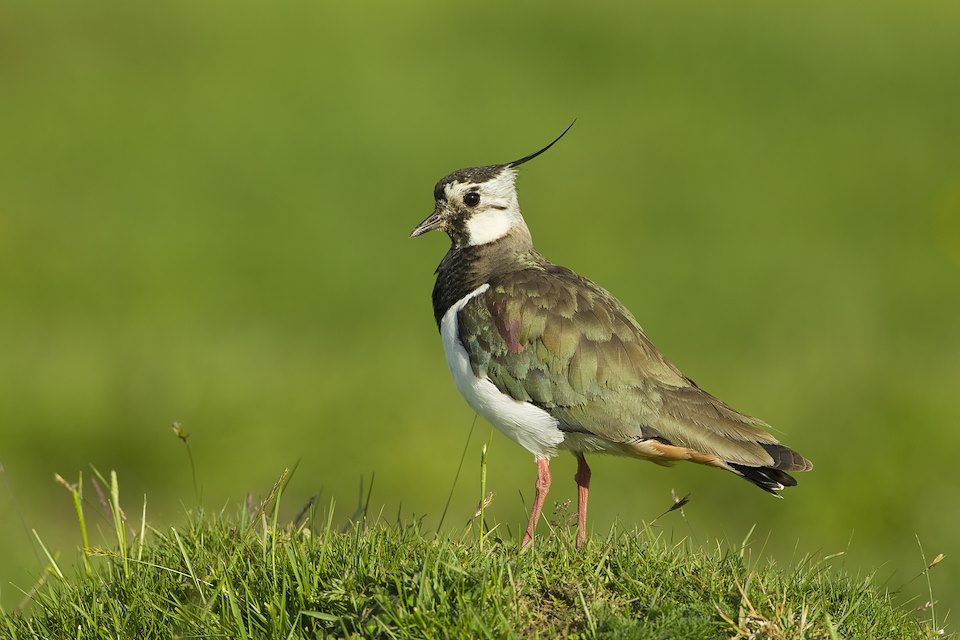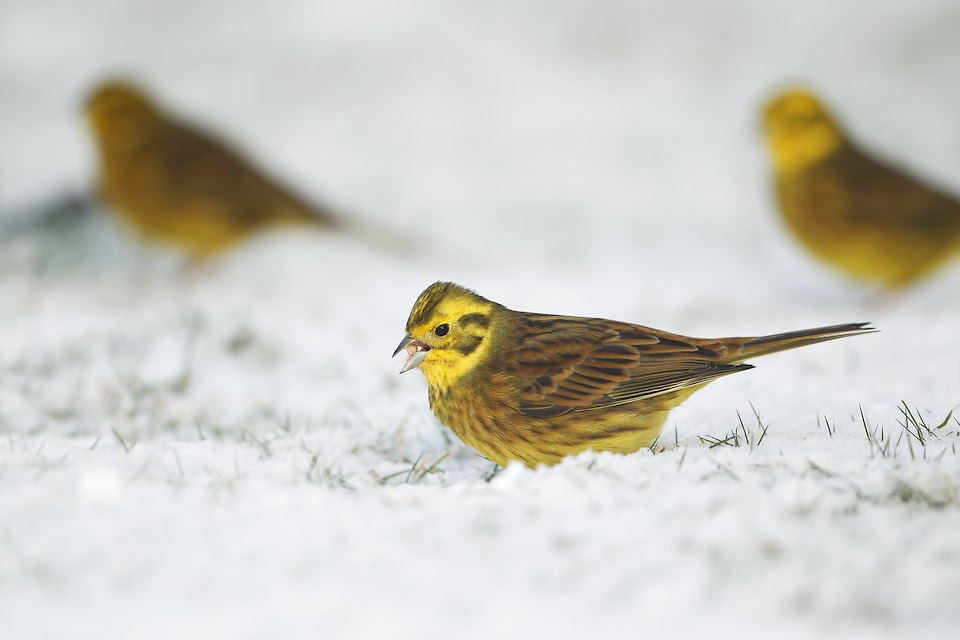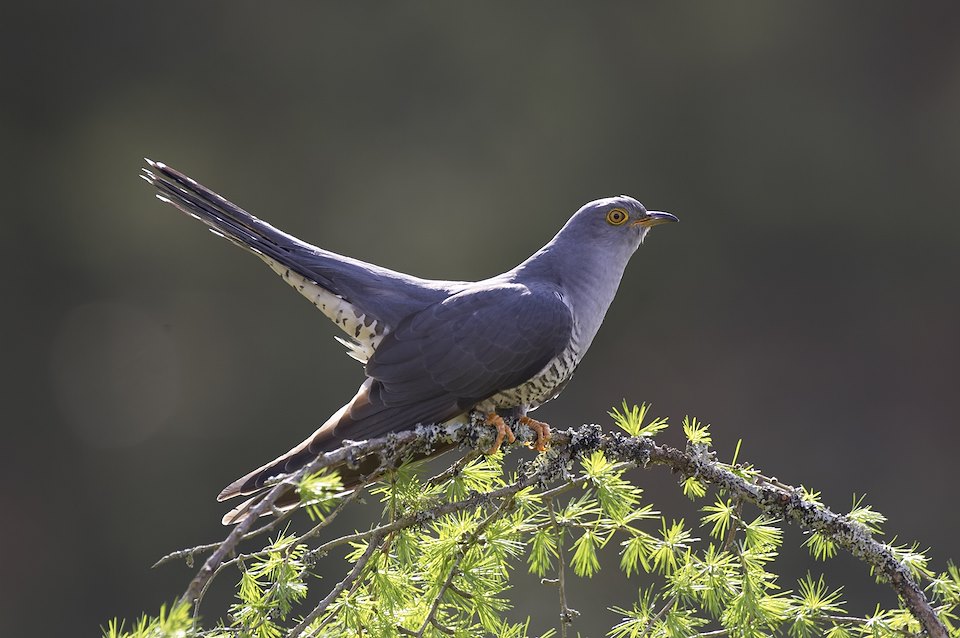Farming, Fears And Folly
#BuildingBridges
Rewilding continues to be viewed with suspicion by farmers wary of change and loss of control, but Galloway farmer Patrick Laurie argues that if we can get past the misconceptions, farming and nature are all part of the same puzzle.

"Rewilding can feel like a middle-class English daydream being foisted on isolated working-class communities."
The glen where I farm is like many others in Galloway. The hills and moors have been extensively planted to create commercial forestry, and the more productive land is used for intensive dairy farming. We’re only a small part of the country, but more than half of Scotland’s milk comes from the south west. Politicians claim that they are “unlocking our potential,” but all this progress has come at a massive cost to biodiversity.
I’m acutely aware that this place has changed dramatically since my grandfather’s time. He used to catch countless salmon and trout on the river Urr, but those fish are almost gone now after decades of farm and forest pollution. We’ve lost nearly all of our black grouse and mountain hares since the 1970s in order to make way for spruce trees, and our much-loved golden eagles are reduced to a scanty minimum.
"All this progress has come at a massive cost to biodiversity."
"All this progress has come at a massive cost to biodiversity."
It’s hard to process this loss, which weighed heavily upon me as I went into farming almost a decade ago. I established a small herd of native hill cattle, and I was always drawn to graze my beasts on open moorland where they could offer a real benefit to biodiversity. Some birds responded to my work within a few months. I soon had nightjars and short eared owls hunting around my cattle in the dusk, but it was too late to rescue hen harriers and curlews, which had been driven over the brink by habitat loss and fragmentation.
After five years working in this way, one of my farming neighbours fell ill. It was nothing serious, but a few days in hospital forced him to think again about his plans for the future. Deciding that he would like to take a step back from agriculture, he passed the control of his three hundred acres to a mutual friend who was looking to expand his beef and sheep business.
Almost immediately, the new tenant began to make changes in a bid to improve the land’s productivity. Wherever he found gorse, he dug it out with a digger. Wet fields were cleaned with new drains and almost twenty acres of scrub woodland were ripped up. Any one of these actions would have been harmful to nature, but the collective impact of all of them was dramatic. The cuckoos vanished. Lapwings were driven out, and the yellowhammers were gone. Trying to find a balance between farming and nature on my own land, I was astonished by the work which was going on next door. Catching the new tenant in the pub one night, I asked him what he thought he was doing. He replied that the farm had been allowed to sink into an awful state and he was only doing right by the landowner.



The cuckoos vanished. Lapwings were driven out, and the yellowhammers were gone.
Some conversations leave you absolutely speechless. I had expected him to feel a little guilty – conscious of his impact on nature - but in truth he was proud of what he had done. When I had regathered my senses, I asked him what he made of all the black plastic piping which had been dug out of the wet field when he drained it; what about all the Victorian drainage tiles which came up in fragments? People have been trying to drain that field for generations; the most recent attempt was in the mid 1990s. I asked if there was never a point when you just stop fighting nature and accept that some places are just inherently wet? He replied that drainage and clearance were some of the fundamental basics of agriculture, and he even implied that I was less of a farmer for failing to do similar work on my own ground. It didn’t seem to matter that every piece of work he had undertaken to improve and restore that land, will have to be redone at some point. The scrub will return and the gorse will creep back in, and he will then have to intervene again in a relentless cycle.
Suddenly laid bare before me, I couldn’t fathom the mindset which dooms every successive generation to repeat the failures of those who had gone before. As if to prove the point, his field drainage work has already failed. In this relentless and futile battle against nature, he is doing little more than perpetuating a feeling that farming is fighting. Meanwhile, the lapwings remain absent.

"The scrub will return and the gorse will creep back in, and he will then have to intervene again in a relentless cycle."
The conversation with my neighbour’s tenant was a turning point in my approach to farming, and in the following months and years, I became obsessed with the idea of going with the flow; trying to gauge the natural direction of travel and working with it. This approach has led me to some of the most satisfying projects I’ve been involved with as a farmer, regenerating wetlands and encouraging native woodlands.
I suppose this places me somewhere on the vast and complex spectrum of rewilding, but that word is horribly tricky in farming circles.
My farming friends and neighbours make quick associations between rewilding and a celebrity conservation culture, which often seems like it has landed on an alien space ship. It is hard to overstate the value of ownership when it comes to land management; not the literal bureaucracy of Title Deeds and heritable assets, but a sense of control and agency. Rewilding often feels like something which is imposed upon farmers and country folk by strangers, and it gets doubly complex when you view it through the lens of class and nationality. In Scotland, rewilding can feel like a middle-class English daydream being foisted on isolated working-class communities, and that’s when the conversation gets horribly muddled.
So much of this conflict depends upon a wider historical context. Throughout the 1980s and 90s, early government agri-environmental schemes attempted to address the decline of key farmland species. Many of these schemes served as a masterclass in how to alienate farmers from the natural world. Farmers were blamed for creating problems, then disempowered from fixing them. Conservationists seemed to be saying “you can’t be trusted with nature - let us take care of it,” and that led to some painful readjustments. It’s not surprising that new environmental ideologies are now treated with suspicion in the countryside. Besides, we mustn’t forget that things haven’t got better. Many farmers feel vindicated in their frustration because they had been pushed aside by “experts” and scientists who then failed to improve the situation themselves.
Many farmers believe that rewilding is just another name for the same old green claptrap. This is even harder to bear because it seems to deny the fundamental value of human connections as part of a landscape. I have a complex and often contradictory relationship with my part of Galloway, but it’s nevertheless very real and I can be quite prickly about it. We have some major environmental problems here, and my community cannot fix them on our own, but proposals which come from elsewhere need to tread carefully. It’s clear that rewilders have pinned down some excellent science to endorse their philosophy, but communication skills often need work.

Of course, it’s great that the general public is feeling more engaged with nature, but the message which comes from conservationists often seems to imply that wildlife stands apart from land use. Having allowed a line to form between birds and farming, we now have birders and farmers; single-interest groups with a specific focus on only one piece of the puzzle. My neighbour would argue that birds are not part of his remit, and he feels justified in taking a highly focussed view on agricultural productivity. This approach overlooks the fact that farming and nature are two pieces of the same puzzle. I hope that true rewilding addresses that by looking at the entire system, from top to bottom.
For my part, I’m left with a fair amount of hope for the future. I’m moving away from the agricultural mainstream at a time when commercial farming seems to be faltering under economic and political shifts. By working on a model which relies on low-intensity cattle grazing, I can get the best of farming and nature while remaining true to an idea of place and community. My beef is marketed to people who engage with the stories I tell about cattle and conservation, and I can add significant value by leaning upon my sustainable credentials. However, I am struck by how little many consumers know about food systems. The rise of veganism shows that we are more interested in food stories, but it also goes to show how badly we’ve failed to convey complex, nuanced conversations about food, land and the natural world. Many people are amazed that I am able to produce beef from an ancient process based on careful natural balances. They have been told that beef comes from concrete sheds where animals are pumped with growth hormones; it’s no wonder they’re turning away from meat.

"My neighbour would argue that birds are not part of his remit.”
We must not overlook the massive disconnect between all the many outcomes that land can provide. It is crazy that some farmers cannot tell the difference between a rook and a jackdaw; but no more crazy that many consumers are unable to tell wheat from barley. The Scottish landscape is a single, interlinked and endlessly complex entity with a mind of its own, and it is time we held some better conversations about where to go next. There is so much at stake. Change often seems to be frustratingly slow, but we cannot afford to repeat the mistake of the past - everybody has to come on this journey together.

